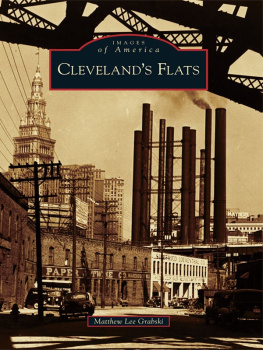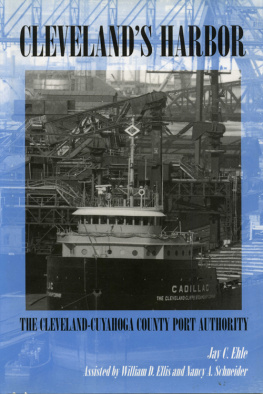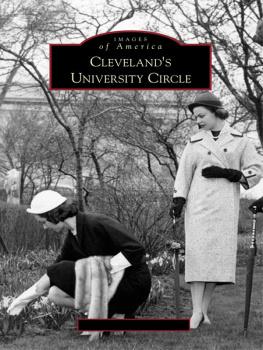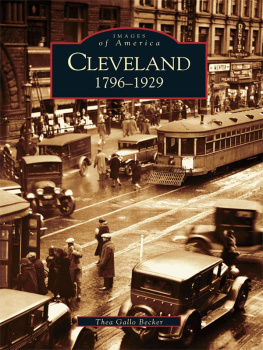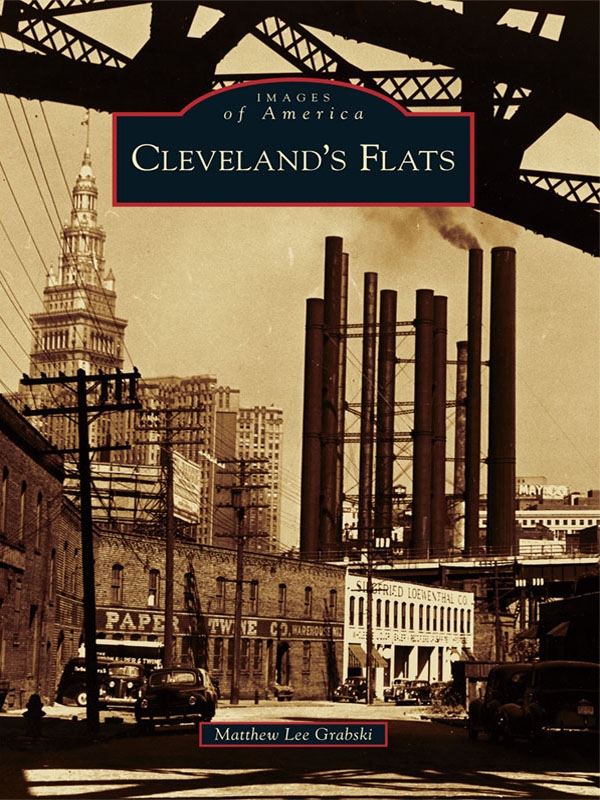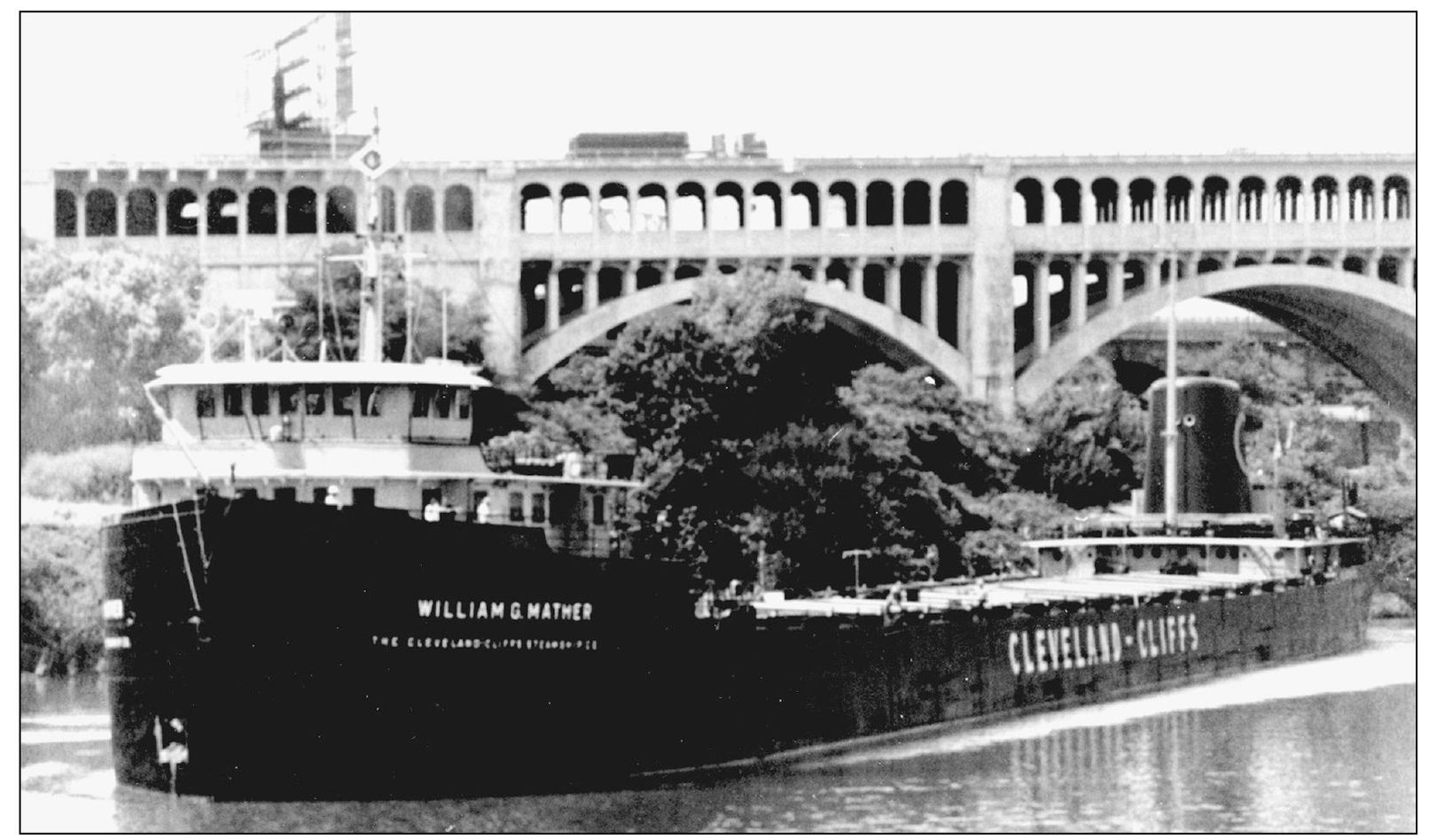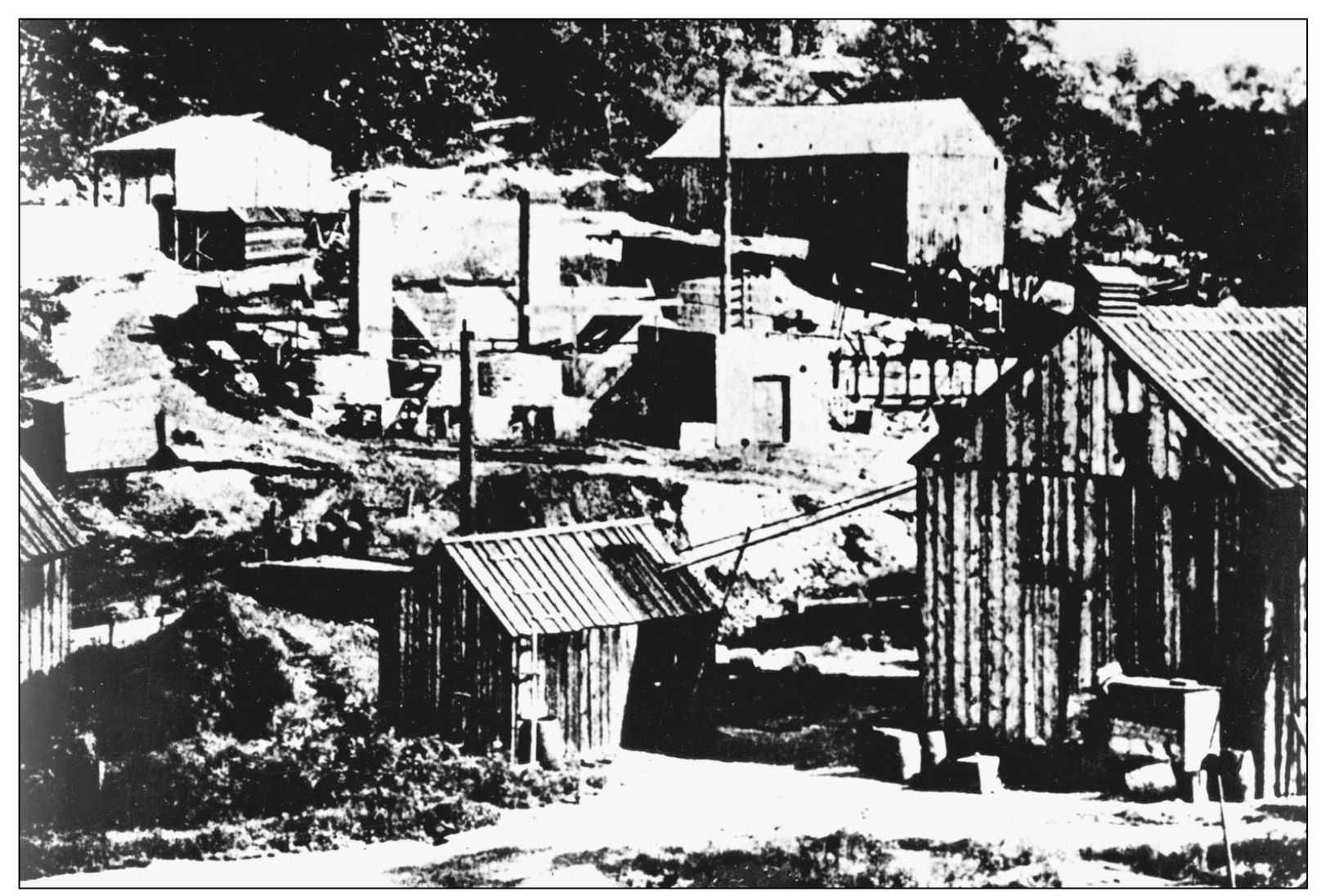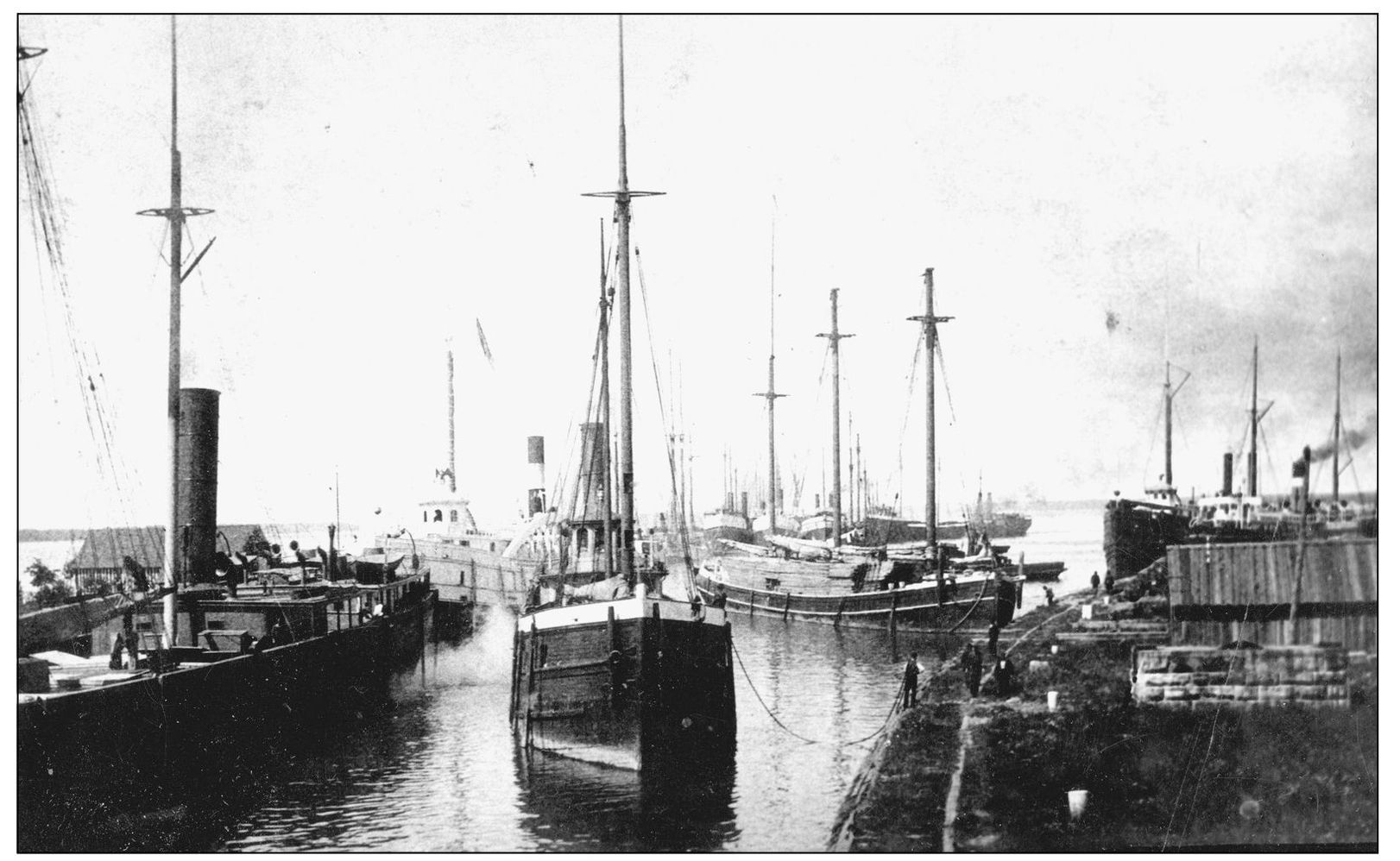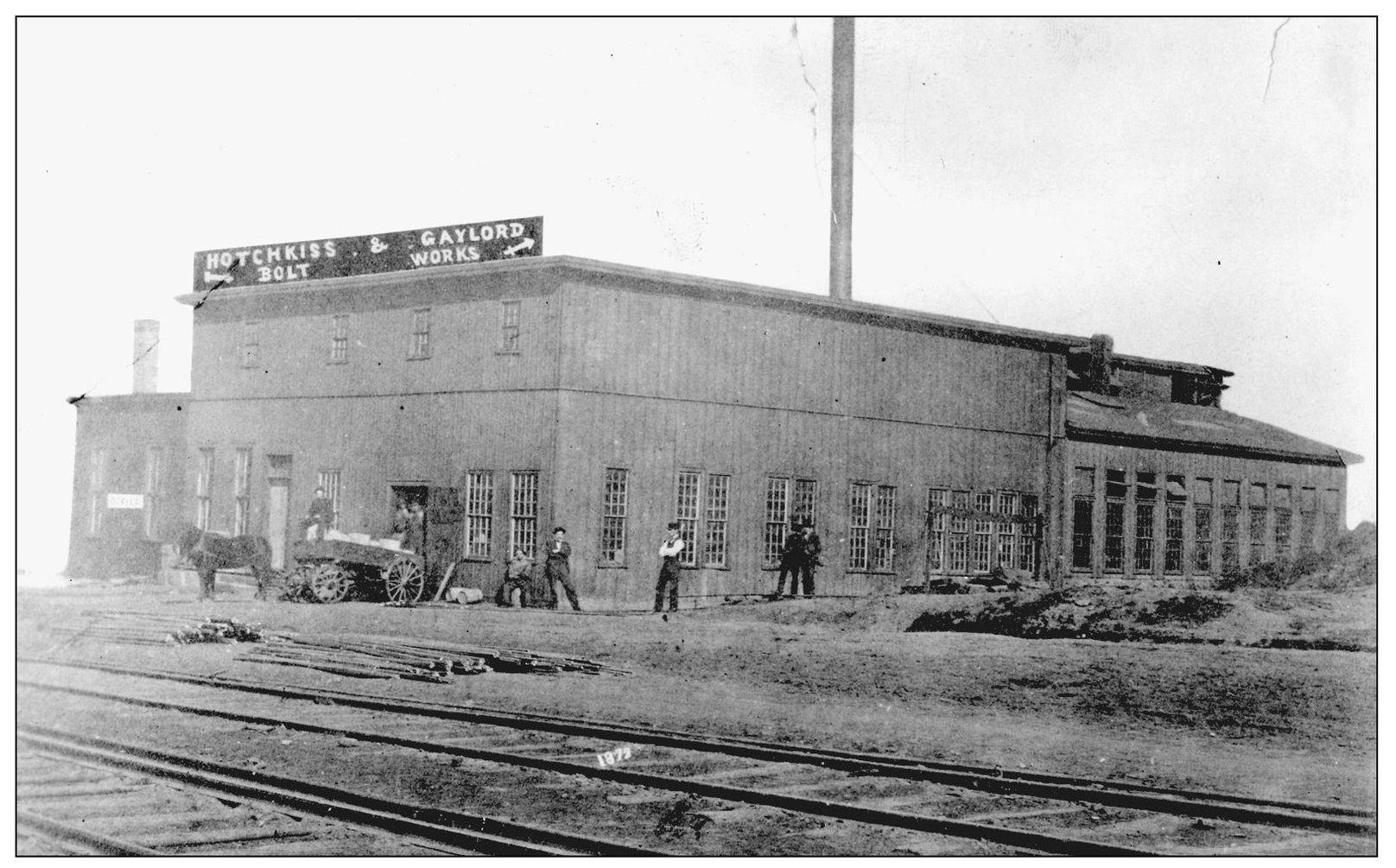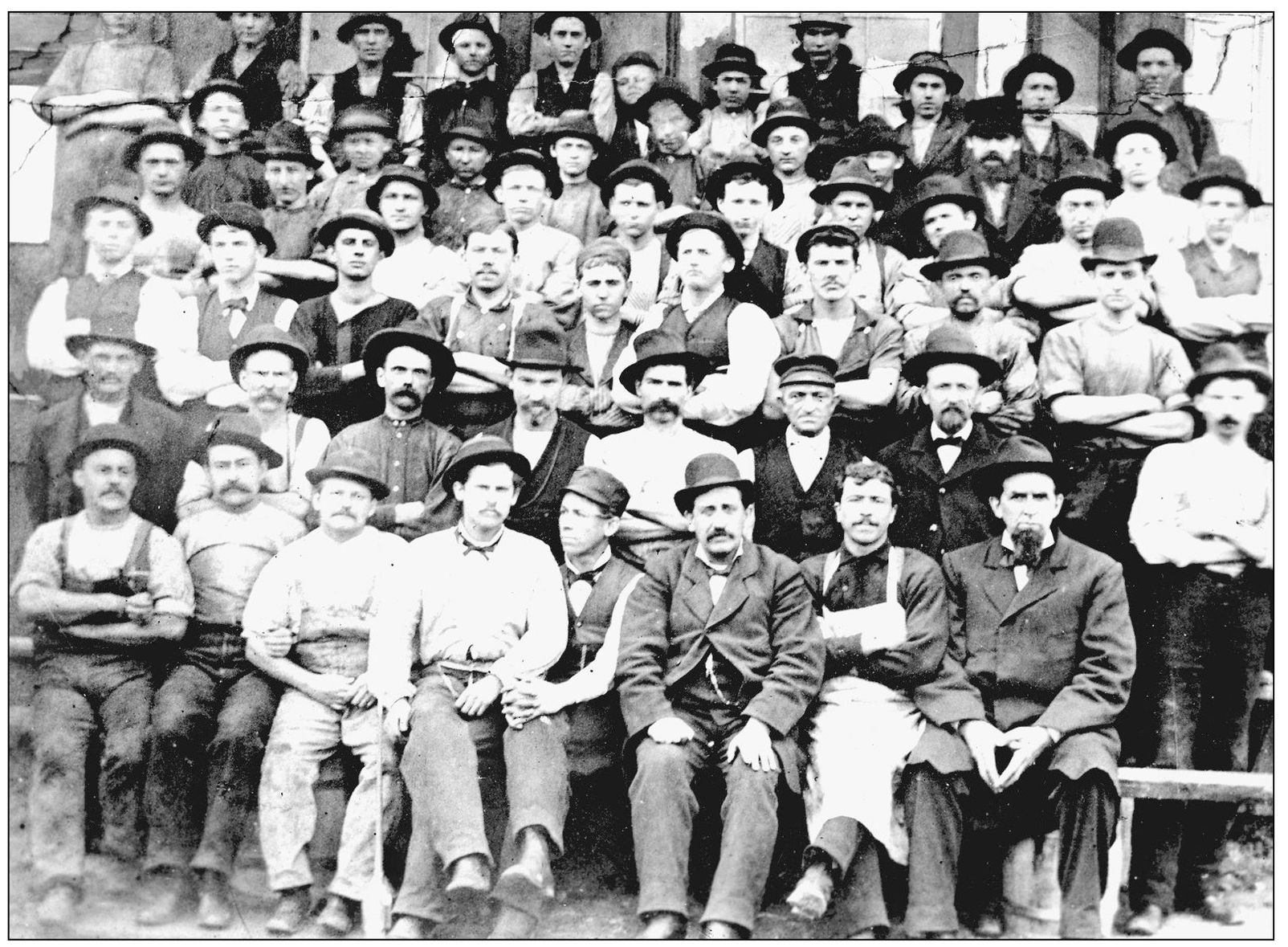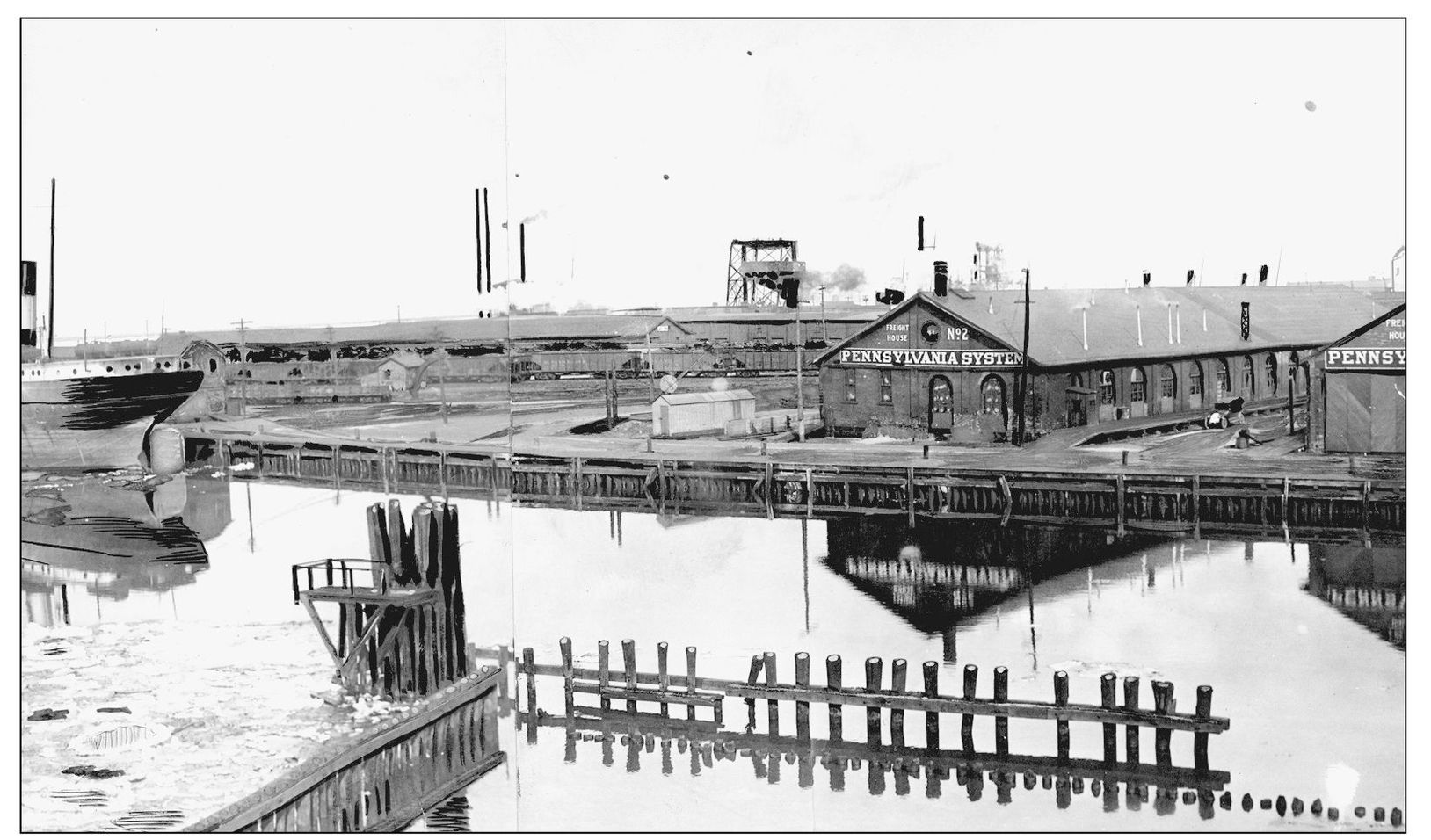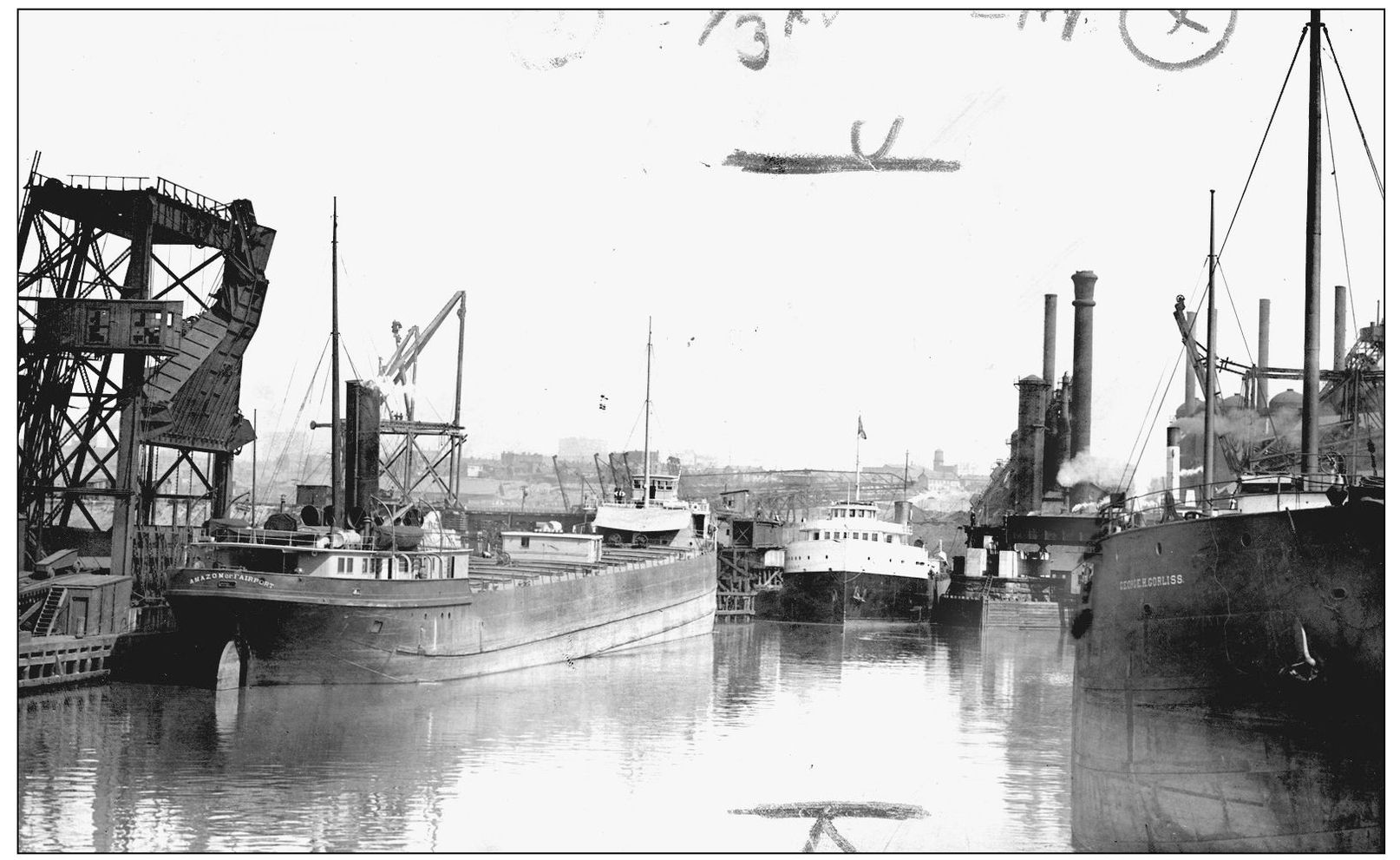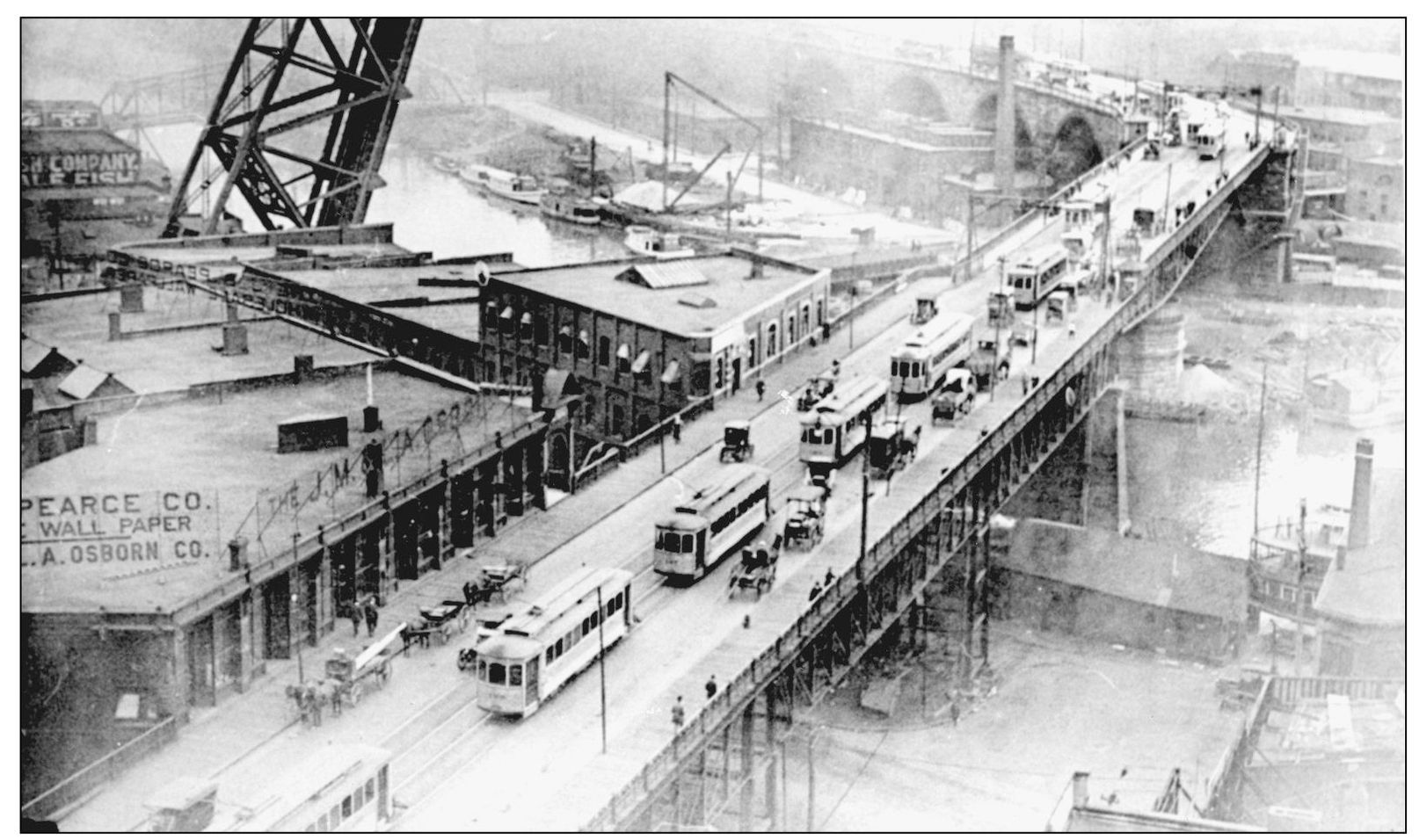Grabski - Clevelands Flats
Here you can read online Grabski - Clevelands Flats full text of the book (entire story) in english for free. Download pdf and epub, get meaning, cover and reviews about this ebook. year: 2011;2006, publisher: Arcadia Publishing, genre: Science fiction. Description of the work, (preface) as well as reviews are available. Best literature library LitArk.com created for fans of good reading and offers a wide selection of genres:
Romance novel
Science fiction
Adventure
Detective
Science
History
Home and family
Prose
Art
Politics
Computer
Non-fiction
Religion
Business
Children
Humor
Choose a favorite category and find really read worthwhile books. Enjoy immersion in the world of imagination, feel the emotions of the characters or learn something new for yourself, make an fascinating discovery.
- Book:Clevelands Flats
- Author:
- Publisher:Arcadia Publishing
- Genre:
- Year:2011;2006
- Rating:3 / 5
- Favourites:Add to favourites
- Your mark:
Clevelands Flats: summary, description and annotation
We offer to read an annotation, description, summary or preface (depends on what the author of the book "Clevelands Flats" wrote himself). If you haven't found the necessary information about the book — write in the comments, we will try to find it.
Cleveland is home to many fascinating neighborhoods and districts. Perhaps the most intriguing, however, is an area known as the Flats. Typically, the term Flats refers to the northern portion of the Cuyahoga River Valley. The Cuyahoga River ceases to be the idyllic flow of water seen to the south of Cleveland as it approaches the citys steel mills. The river is more man-made than natural where it meets the Flats, and a wide array of industries sit along its banks. The Flats have been a vital component and a reflection of Clevelands rise, decline, and ongoing renaissance. Clevelands Flats is a chronicle of this remarkable region. From the refineries of Standard Oil to massive ore boats carefully navigating the Cuyahoga, Clevelands Flats treats the reader to scenes found in no other place.
Grabski: author's other books
Who wrote Clevelands Flats? Find out the surname, the name of the author of the book and a list of all author's works by series.

